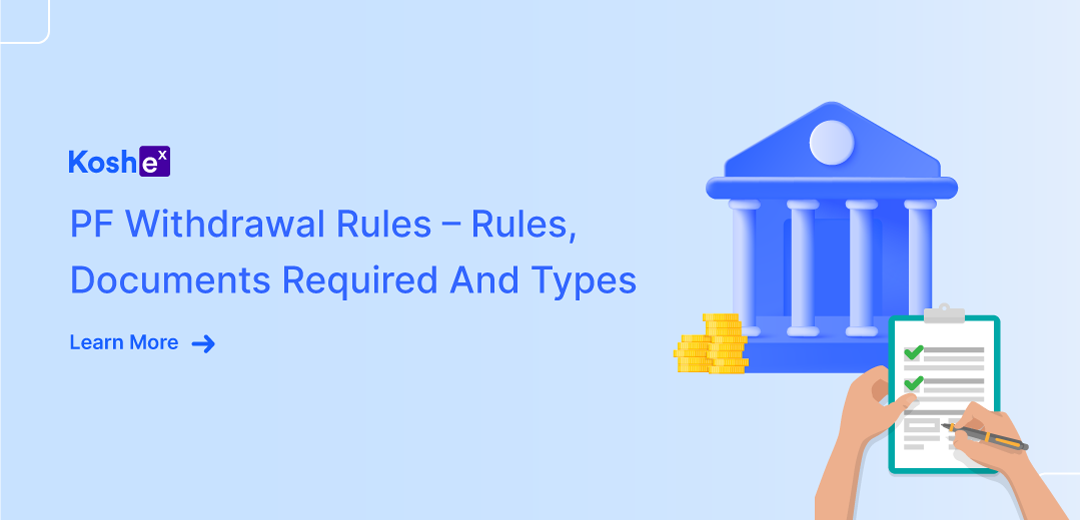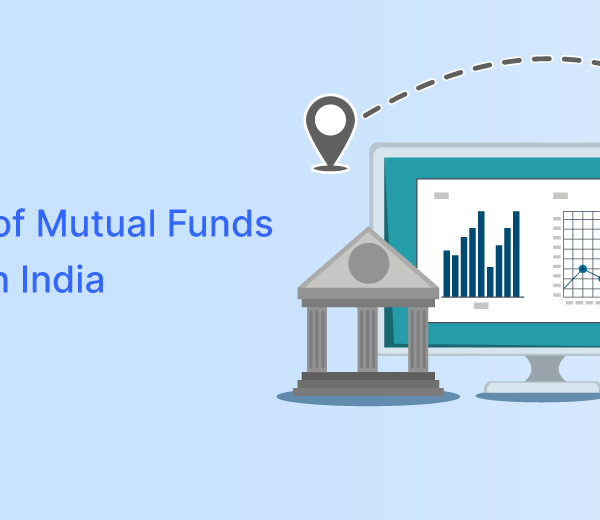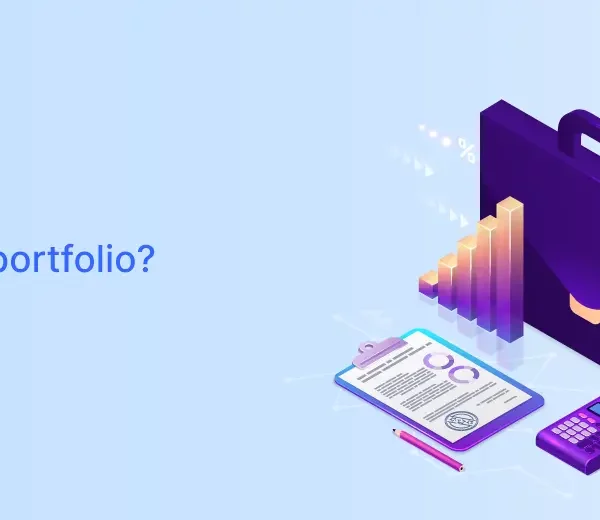Introduction:
Employee Provident Fund (EPF) is a retirement benefits scheme provided by the Employees’ Provident Fund Organization (EPFO) in India. It is a government-backed initiative aimed at providing financial security to employees during their retirement years. Both the employee and employer make regular contributions to the fund, with a portion of the employee’s salary allocated toward the PF account.
The EPF comprises three different schemes with three different objectives. The first part of EPF is where your retirement benefits are accumulated. The second part of EPF is the employee pension scheme (EPS). The third and final part of EPF is the insurance scheme. EPF offers excellent interest rates, is exempt from terms of taxation, and is a low-risk instrument due to government backing.
Provident fund withdrawals can be tricky and confusing hence understanding the PF withdrawal rules, documents required, and types is essential for maximizing the benefits of this investment. In this guide, we will delve into the details to empower you to make informed decisions and take advantage of Koshex‘s self-service platform.
PF Withdrawal Rules Explained:
1. Fully Taxable EPF Withdrawal:
If an employee withdraws their EPF balance before five years of continuous service, the entire withdrawal amount is taxable. The tax rate applicable is based on the employee’s income slab. It’s important to consider this tax liability when planning early withdrawals.
2. Partial PF Withdrawal:
Partial withdrawals are allowed for specific purposes such as medical emergencies, home loans, education expenses, or marriage. The maximum amount that can be withdrawn varies based on individual circumstances and the purpose of withdrawal.
The partial withdrawal is subject to certain conditions defined by the EPFO (Employees’ Provident Fund Organization).
Also Read: All You Need To Know About Saving Income Tax
Documents Required for PF Withdrawal:
You must provide accurate and complete documentation to ensure a smooth PF withdrawal process. Here are the essential documents required:
1. Composite Claim Form (CCF):
This form combines various forms for different types of withdrawals.
Fill out the CCF with accurate details such as name, date of birth, EPF account number, contact information, reason for withdrawal, bank account details, etc.
2. Identity Proof:
Submit a copy of any government-issued identification document such as an Aadhaar Card, PAN Card, Driving License, or Passport.
3. Address Proof:
Provide a copy of any address proof document the EPFO accepts, such as a Voter ID Card, Aadhaar Card, Passport, or utility bill.
4. Bank Account Proof:
Attach a canceled check or bank statement displaying the account holder’s name, bank account number, and IFSC code.
5. Employment Proof:
Submit relevant documents to establish your employment and eligibility for PF withdrawal.
Also Read: Who Should Invest in Tax (ELSS) Saving Mutual Funds – Best ELSS Funds 2024
Types of PF Withdrawals:
1. Full PF Withdrawal:
Upon retirement or cessation of employment, an employee can withdraw their entire PF balance. This type of withdrawal is subject to tax implications based on the length of service and choice of withdrawal scheme.
2. Pension Commutation:
Under this scheme, a portion of the monthly pension can be commuted as a lump sum on retirement. The age of the employee determines the maximum limit for commutation at the time of retirement.
3. Advance PF Withdrawal:
In case of financial emergencies like illness or non-receipt of wages for two months,
employees can withdraw up to a certain percentage of their accumulated PF amount.
The EPFO defines the specific conditions and maximum withdrawal limit.
4. Transfer of PF Accumulation:
When changing jobs, employees can transfer their accumulated PF balance from one employer to another.
This helps in maintaining continuity and maximizing long-term wealth creation.
Conclusion:
The Employee Provident Fund (EPF) is a valuable retirement savings scheme that provides financial security to employees in India. The EPF withdrawal rules are designed to allow employees to access their accumulated funds under specific conditions and situations. By adhering to these rules and guidelines, employees can strike a balance between addressing immediate financial needs and securing their future retirement goals. Key points to remember when withdrawing from the EPF include:
- Ensure that you meet the criteria for withdrawal, such as unemployment, retirement, or specific emergencies
- Update and verify your KYC details with your employer or PF office
- Obtain the appropriate withdrawal form (Form 19, Form 10C, or Form 31) from your employer or online portal
- Select the type of claim you want to make from the available options, such as PF withdrawal online (Form-19), pension withdrawal (Form-10C), or partial withdrawal (Form-31)
- Provide the necessary information for your chosen claim, including the reason for withdrawal, the amount required, and bank account details for fund transfer
- Authenticate Using OTP
By following these steps and ensuring compliance with the PF rules and regulations, employees can withdraw their EPF funds smoothly and without complications. It is crucial to provide accurate and complete documentation, such as identification proof, bank details, and PF account information, to facilitate a smooth withdrawal experience.
Failure to adhere to the rules and regulations set by the PF authorities can lead to withdrawal complications, so being aware of the withdrawal eligibility criteria, such as minimum service period requirements, valid reasons for withdrawal, and tax implications, is essential. Sign up with Koshex today and embark on your journey towards financial independence.
FAQs:
1. What are the eligibility criteria for PF withdrawal?
Employees can withdraw their PF contributions after a specific period, subject to certain conditions such as unemployment, retirement, or specific emergencies.
2. What documents are required for PF withdrawal?
The documents typically required for PF withdrawal online include identity proof (Aadhaar card, PAN card, passport, or voter ID) and address proof (Aadhaar card, passport, utility bill, or voter ID.
References:
– Economic Times, 2022, Employee Provident Fund (EPF): Withdrawal Rules and Tax Implications
– EPFO Official Website: https://www.epfindia.gov.in/site_en/index.php









Leave a Comment